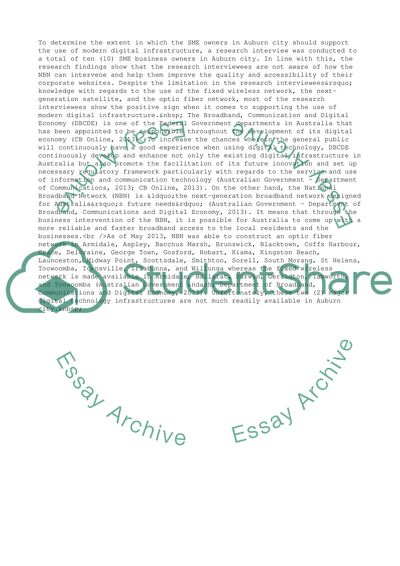Cite this document
(“Business Sustainability Research Paper Example | Topics and Well Written Essays - 4000 words”, n.d.)
Business Sustainability Research Paper Example | Topics and Well Written Essays - 4000 words. Retrieved from https://studentshare.org/business/1487550-business-sustainability-report
Business Sustainability Research Paper Example | Topics and Well Written Essays - 4000 words. Retrieved from https://studentshare.org/business/1487550-business-sustainability-report
(Business Sustainability Research Paper Example | Topics and Well Written Essays - 4000 Words)
Business Sustainability Research Paper Example | Topics and Well Written Essays - 4000 Words. https://studentshare.org/business/1487550-business-sustainability-report.
Business Sustainability Research Paper Example | Topics and Well Written Essays - 4000 Words. https://studentshare.org/business/1487550-business-sustainability-report.
“Business Sustainability Research Paper Example | Topics and Well Written Essays - 4000 Words”, n.d. https://studentshare.org/business/1487550-business-sustainability-report.


